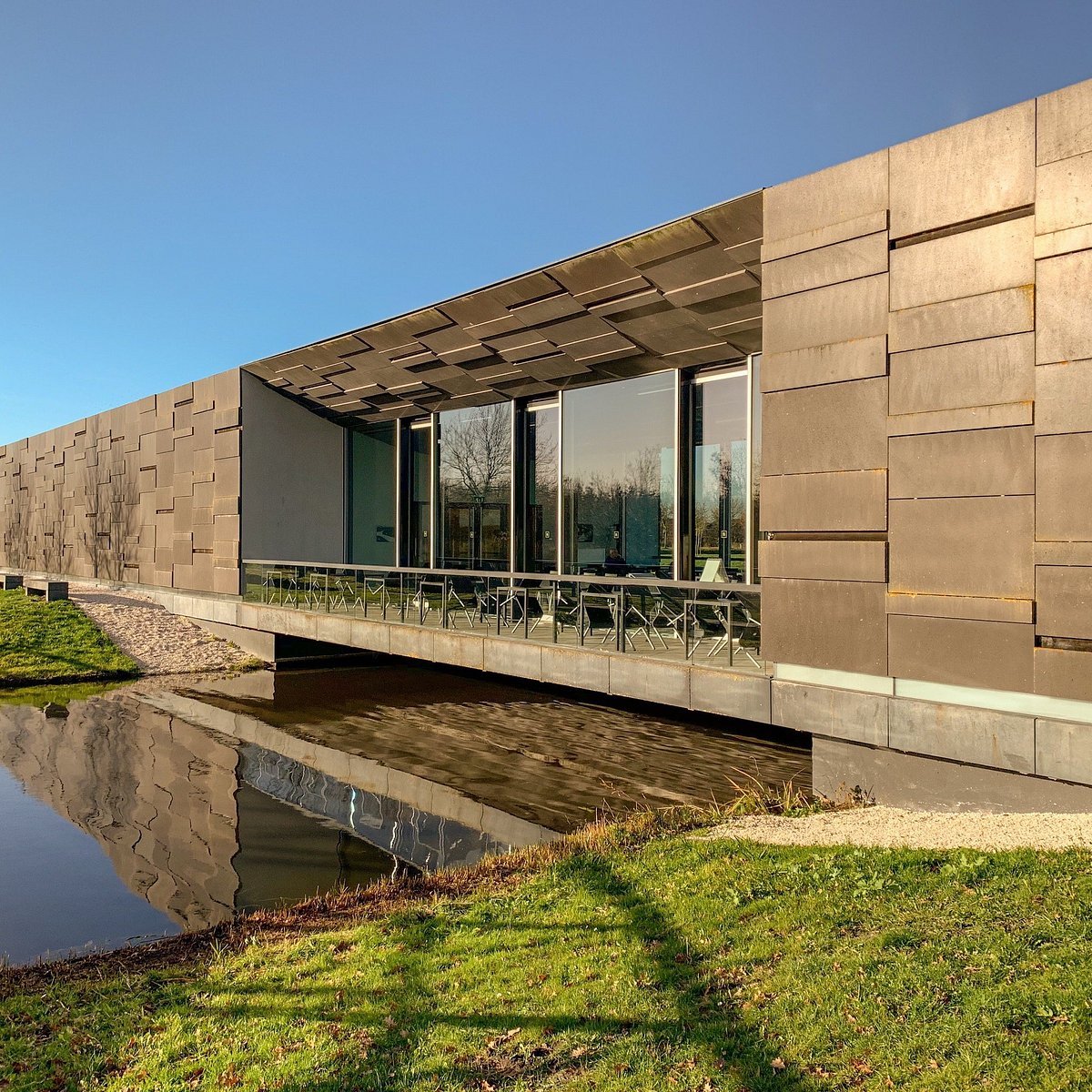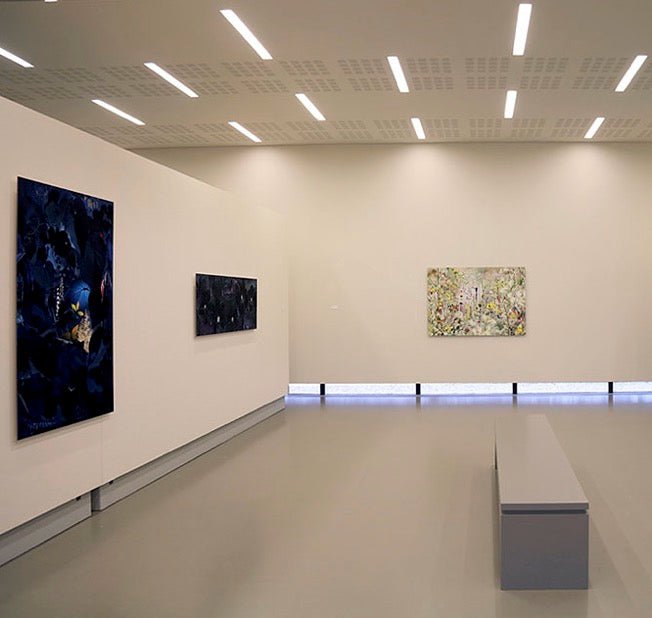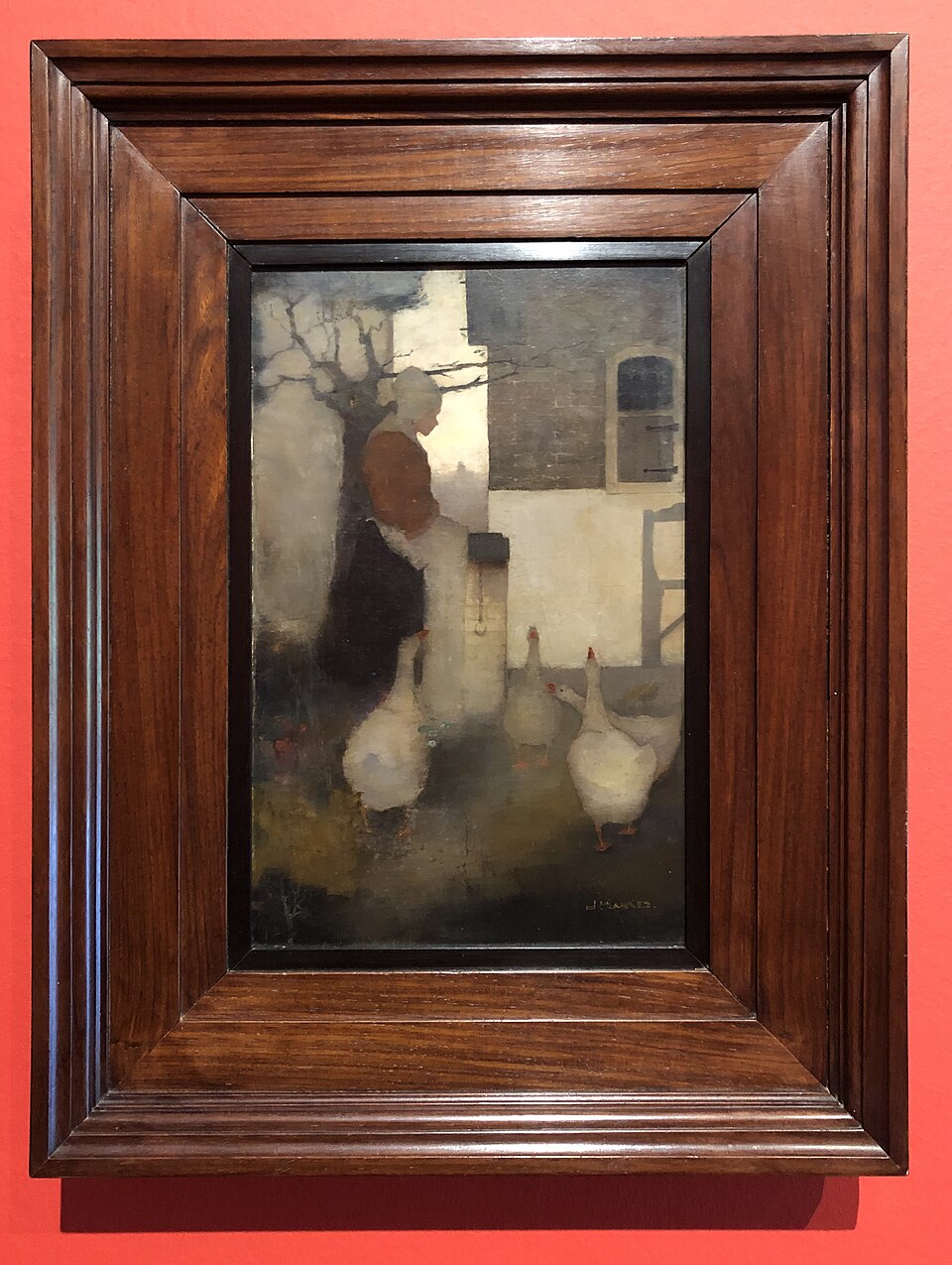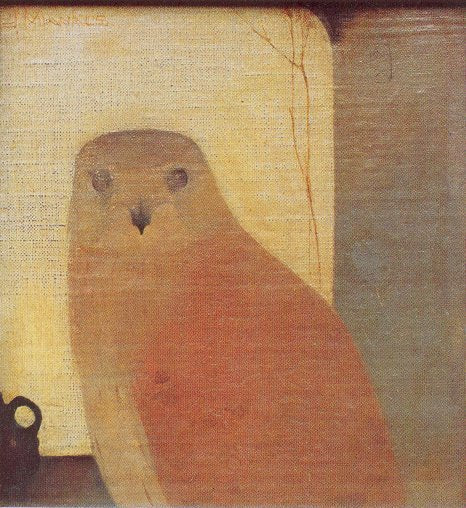Museum Belvédère Heerenveen Friesland
Museum Belvédère Heerenveen Friesland
Museum Belvédère was officially opened in 2004, fulfilling a long-standing dream of art historian and museum founder Thimo te Duits, who wanted to create a space specifically dedicated to Frisian and northern Dutch modern art. The name “Belvédère” refers to the nearby Belvédère tower—a 19th-century lookout post from which nobility could admire the landscape. The museum’s mission is to give a platform to regional artists and to highlight how the Frisian landscape and culture have inspired generations of Dutch artists.
Opening hours
Opening hours
- Monday closed
- Tuesday-Sunday 10AM-5PM
How to get there
How to get there
Oranje Nassaulaan 12, 8448 MT Oranjewoud, Netherlands
Prices from
Prices from
From €15.00


More details
Museum Belvédère – Modern art in the Frisian landscape
Museum Belvédère is a museum for modern and contemporary art. It is located in Heerenveen-Oranjewoud, in the province of Friesland. The museum sits in a peaceful park and blends art, nature, and architecture.
What to See
- Works by Frisian and Dutch modern artists
- Paintings, drawings, and installations
- Exhibitions about landscape, identity, and nature
- Art by artists like Jan Mankes, Gerrit Benner, and Sjoerd de Vries
- Rotating exhibitions from the Netherlands and abroad
Why Visit
- Enjoy art in a calm, natural setting
- Explore Frisian identity through visual art
- Beautiful building with views of the surrounding park
- Perfect for quiet reflection and inspiration
The Museum
Museum Belvédère opened in 2004. The building was designed by architect Eerde Schippers to blend into the landscape. Its long, low shape fits the flat, open fields of Friesland. The museum connects art and place in a powerful way.
Visitor Information
- Address: Oranje Nassaulaan 12, Heerenveen-Oranjewoud
- Open: Tuesday to Sunday, 11:00 – 17:00
- Tickets: €14.00 (adults), free under 18
- Free with Museumkaart
- Facilities: Café, shop, sculpture garden, and walking trails
Museum Belvédère is perfect for visitors who love modern art, nature, and peaceful surroundings.
Some Highlights of Museum Belvédère Heerenveen Friesland

Jan Mankes’s Bomenrij (Row of Trees, 1915)
A contemplative and symbolic painting that reflects the artist’s spiritual and introspective worldview. At first glance, it depicts a quiet path lined with tall, leafless trees, but beneath its simplicity lies a meditation on life’s journey, mortality, and inner stillness. The two small figures walking down the road—believed to be Mankes and his wife—suggest companionship and introspection, reinforcing the idea of moving forward through life together toward an uncertain or infinite destination. The muted colors and soft light create a serene, almost sacred atmosphere, as if nature itself has paused for reflection. The stylized symmetry of the trees evokes a cathedral-like space, elevating the natural landscape into something spiritual. Rather than dramatizing the scene, Mankes invites the viewer into a quiet moment of solitude and spiritual clarity, using nature not just as a setting but as a mirror for the human soul.

Jan Mankes’s “Ganzenliesje” (1911)
A serene and intimate scene: a young girl stands quietly near a group of calmly waddling geese, set against the muted backdrop of a farmhouse. The delicate brushwork and subdued earthy tones evoke a sense of calm and connection between human and animal. Mankes’s restrained palette—soft grays, browns, and dusty whites—lends the scene an almost dreamlike quality, emphasizing peaceful coexistence rather than dramatic action. The simplicity of the composition allows the emotional bond to shine through: the girl’s gentle presence and the geese’s unhurried companionship create a moment of quiet harmony. This painting captures Mankes’s philosophy of “stille contemplatie”, where seemingly mundane moments are imbued with deep emotional resonance.

Jan Mankes "Torenvalk "
"Torenvalk" (Kestrel) by Jan Mankes (1910) is a prime example of his symbolic realism. The painting features a meticulously detailed kestrel in an intimate close-up, rendered with invisible brushstrokes and a subdued, harmonious palette of earthy tones. It conveys a still, contemplative, and slightly melancholic atmosphere, reflecting Mankes's ability to imbue animal subjects with profound inner life. The artwork highlights his unique vision, meticulous craftsmanship, and search for deeper meaning in simple natural subjects, making it a significant piece of early 20th-century Dutch art.
Other Dutch Museums
-
Noordbrabants Museum Den Bosch
Regular price €0,00 EURRegular priceUnit price / per -
Van Gogh Museum Amsterdam
Regular price €0,00 EURRegular priceUnit price / per -
The Kröller-Müller Museum Otterlo
Regular price €0,00 EURRegular priceUnit price / per -
The Rijksmuseum Amsterdam
Regular price €0,00 EURRegular priceUnit price / per






